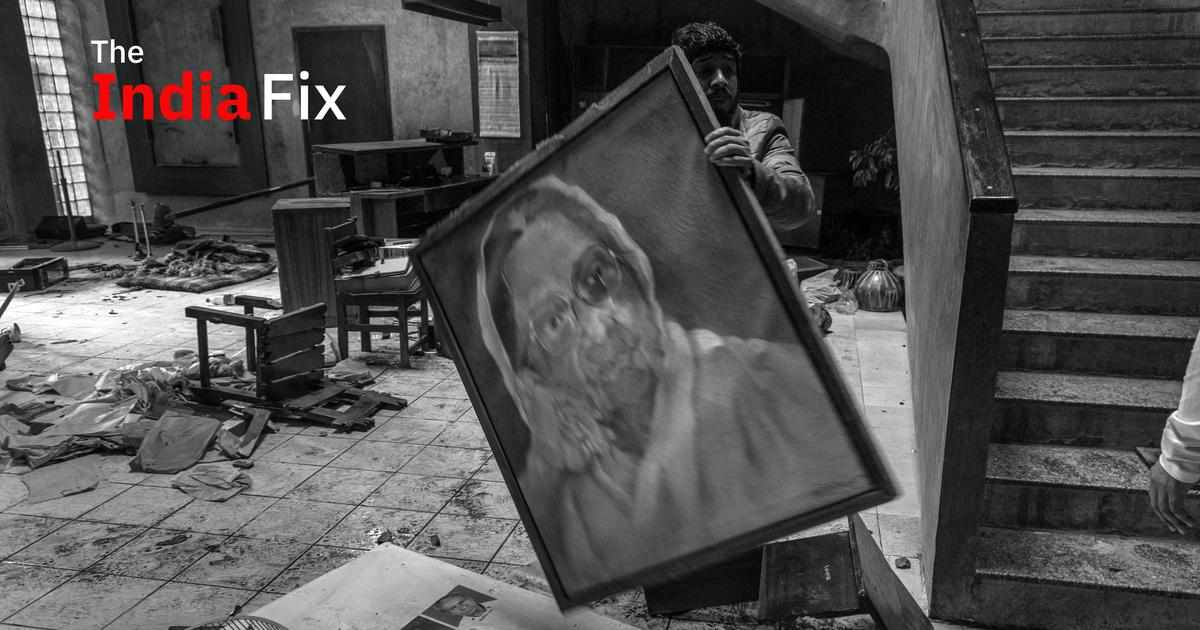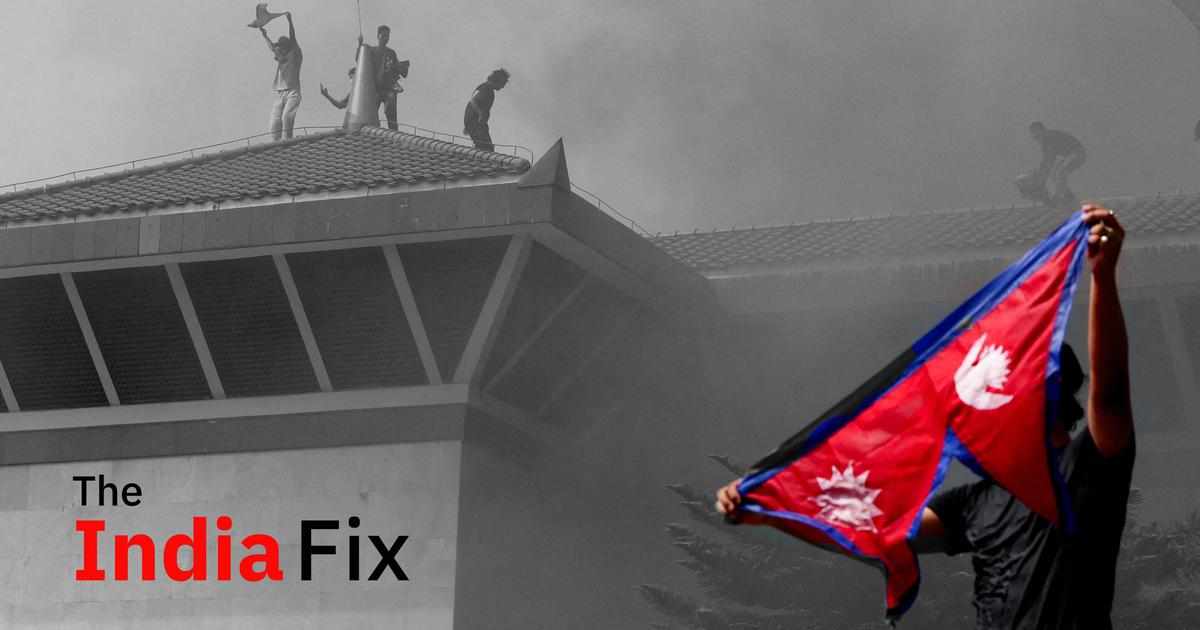
Welcome to Game Points, a newsletter on Indian sports by The Field.
Embarrassment despite riches: The shortcomings of the Kanpur cricket stadium should alarm the BCCI
By Dilip Unnikrishnan
India pulled off one of the best wins in men’s Test cricket history on Tuesday as it beat Bangladesh by seven wickets in Kanpur.
India restricted Bangladesh to 233 in the first innings. They then scored 285 runs in just 34.4 overs to open up a 52-run lead before dismissing the visitors for 146 in the second innings. India needed just 17.2 overs to get past the target of 95 runs.
India scored 383 runs across both innings at a stunning run rate of 7.36 runs per over, a scoring rate generally seen in white ball cricket. What made the victory special was that it was achieved despite rain and a wet outfield making play possible for only two-and-a-half of the five days.
For Test cricket, these numbers were staggering. But this was an aggressive performance that was required to get a win given the shortened length of the match.
India were clinical in executing their strategy, which gave them no room for error. Crucially, a game that would have been a draw and resulted in shared points in the World Test Championship standings was turned into an outright victory by a bold strategy call.
Which brings us to the heart of the matter. India’s win not only kept them on course to reach another World Test Championship final, but it also saved the blushes for the Board of Control for Cricket in India.
One cannot hold the BCCI accountable for rain affecting play. But the richest cricket board in the world should be held accountable for failing to have the best facilities in place to deal with the aftermath of rain.
Consider the fact that Green Park Stadium in Kanpur, the venue for the match, did not receive any rain on Day 3 – but play had to be called off because the outfield was too wet to allow the game to resume . With all the technological innovations for ground maintenance that have been introduced into the sport over the past two decades, one of the richest sports bodies in the world still needed a day to get the ground fit for play again.
Two questions need to be answered by the BCCI. Why was Green Park chosen to host an international Test match in the first place despite not being equipped with world-class facilities? Why is Green Park Stadium ill-equipped to deal with rain?
Sri Lanka, who often host series during the peak monsoon season, have one of the best systems in place to deal with rain interruptions. The entire field is covered when it rains, enabling a quick restart of play.
The M Chinnaswamy Stadium in Bengaluru boasts of a subsurface aeration system that draws out water from the field even as it rains. This, along with a sand-based outfield allows play to restart minutes after the showers end.
The Karnataka State Cricket Association spent Rs 4.5 crore in 2017 to upgrade its drainage system. After inflation is taken into account, it should not cost the BCCI more than Rs 200 crore to upgrade the country’s 30-odd international cricket stadiums.
That amount is just a fraction of the Rs 5,963 crore the BCCI received from Viacom 18 for the broadcasting rights for domestic and international matches in India.
Over the years, the BCCI has moved away from its traditional bases like Mumbai, Chennai, Kolkata and New Delhi and has hosted more matches in tier 2 and 3 cities, giving fans across the country the opportunity to watch their favourite stars in action.
However, the pace of modernising the facilities is yet to match the pace of the sport’s ever-growing popularity in India. Take the case of Patna’s Moin-ul-Haq stadium. The stadium, which was built in 1969, was in the news for all the wrong reasons in January when it hosted the Ranji Trophy match between Bihar and Mumbai.
The stadium’s dilapidated state shook the state government and the BCCI from its stupor. In March, the BCCI approved the Bihar Cricket Association’s plans redevelop the stadium and transformit into a state of the art cricket academy.
The farce that was the Kanpur Test should serve as yet another wake up call for the BCCI. Cricket is taking a leap. Its facilities should too.
Fun fact of the week: With their 2-0 series win over Bangladesh, India extended their winning streak at home to 18 Test series, the longest run in history. India haven’t lost a Test series at home since their 1-2 loss to England in 2013. Since then, India have played 53 Tests at home, winning 42 matches, drawing seven and losing just four.
Here's a recap of the top stories from this past week
Follow the Scroll channel on WhatsApp for a curated selection of the news that matters throughout the day, and a round-up of major developments in India and around the world every evening. What you won’t get: Spam.




























Write a comment ...